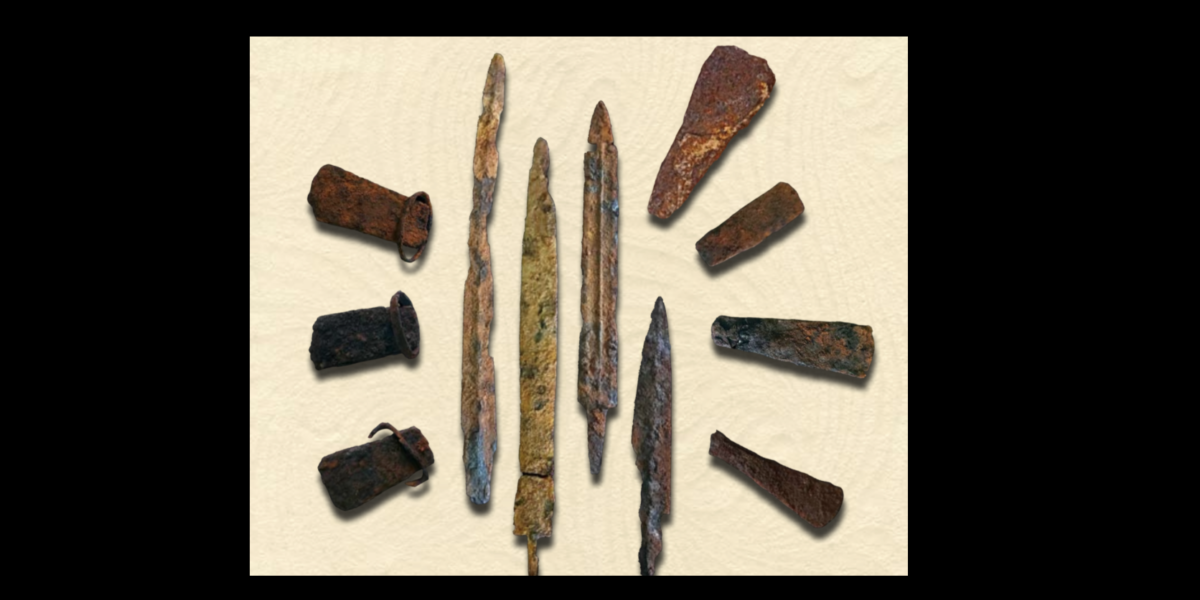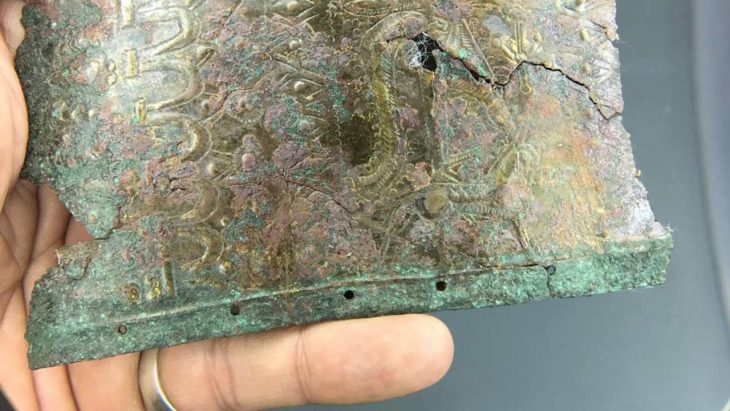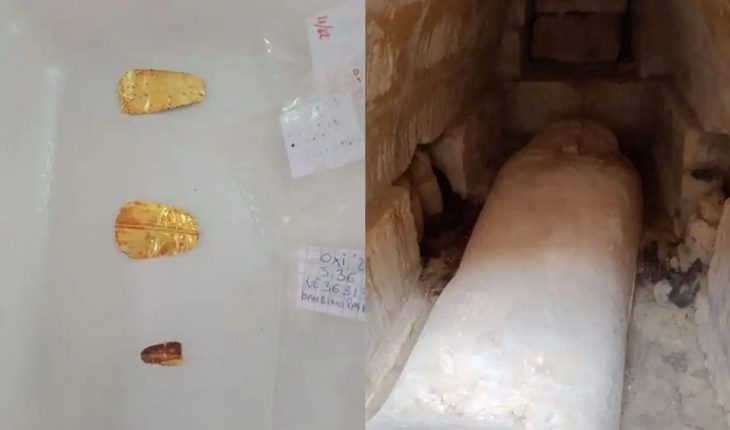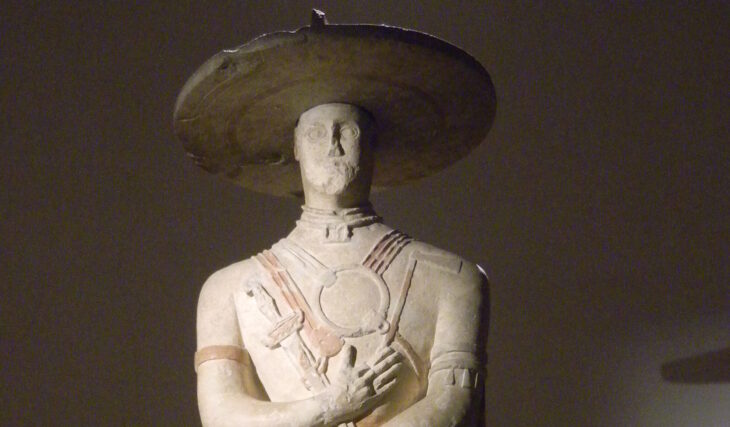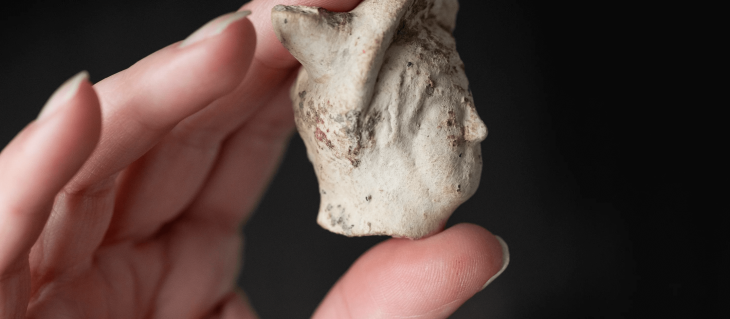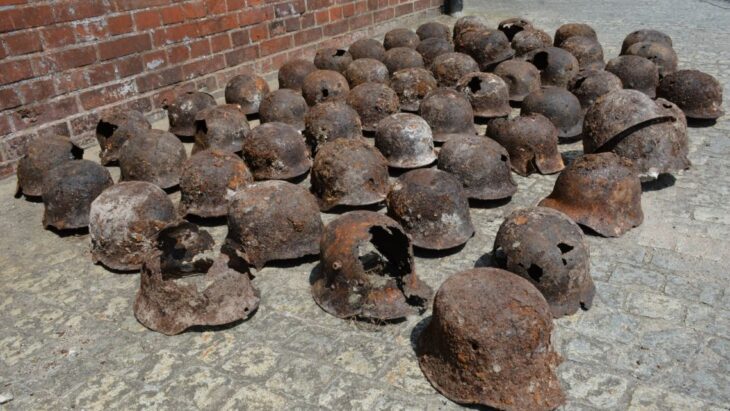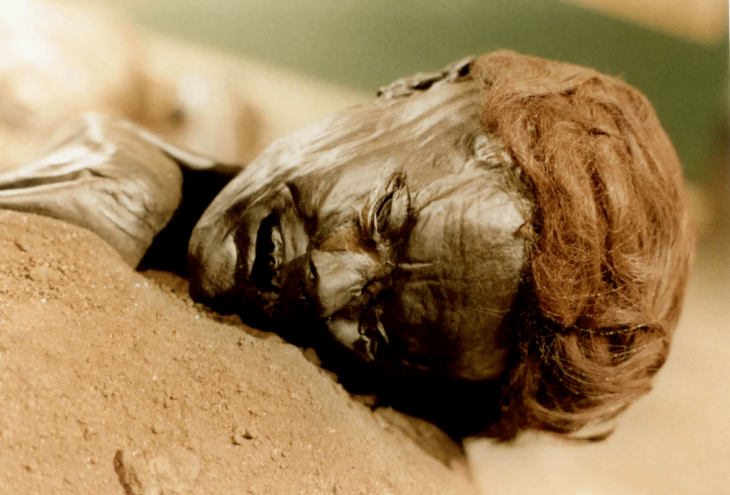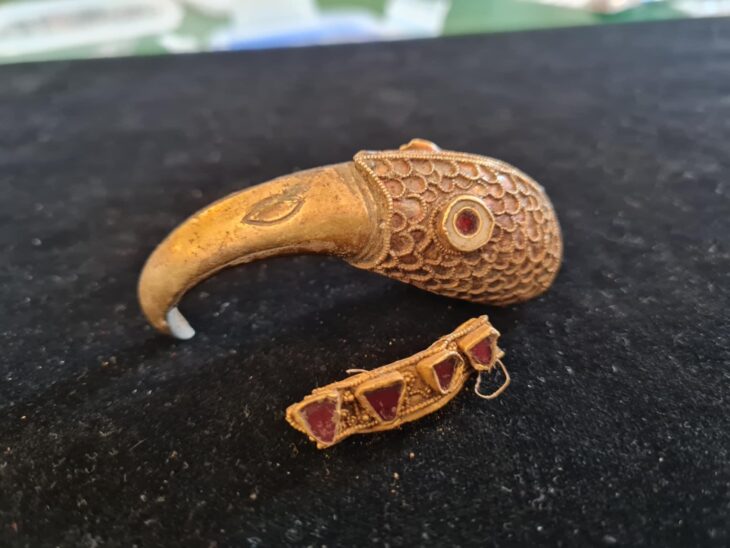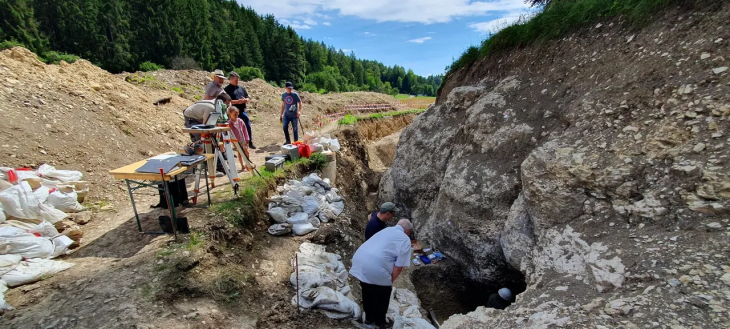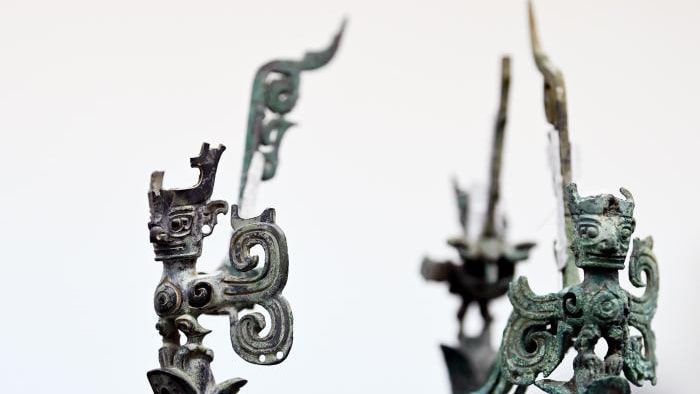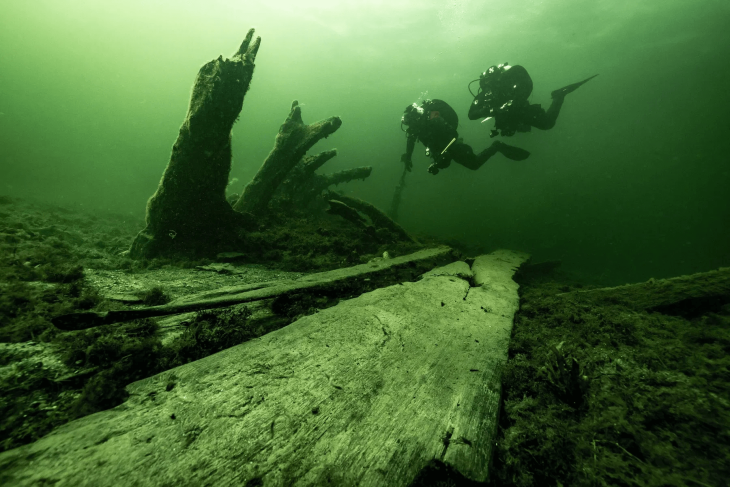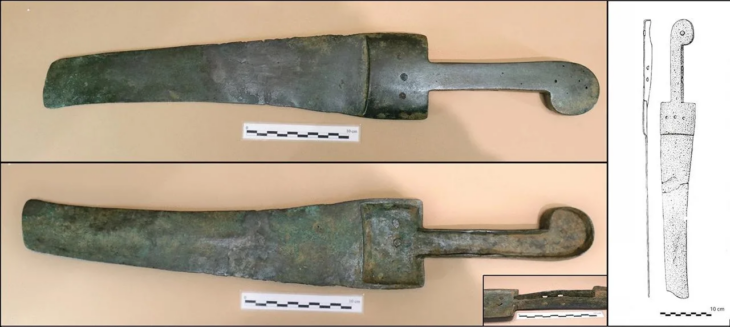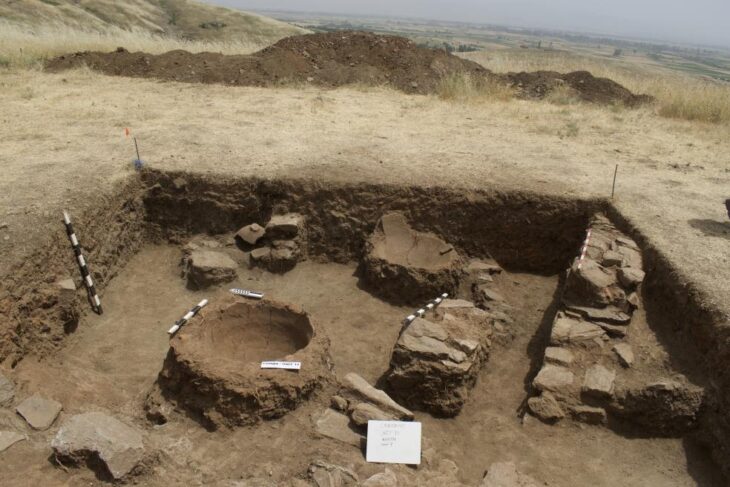Recent archaeological research has uncovered compelling evidence that Tamil Nadu’s metalworking traditions date back to at least 3300 BCE, highlighting the region’s early advancements in metallurgy. Excavations at sites such as Adichanallur, Kodumanal, and Keeladi suggest that ancient Tamil societies independently developed copper, bronze, and iron technologies long before mainstream historical narratives acknowledged their existence.
The history of metallurgy in South India is an essential component of early human technological progress. While the Indus Valley Civilization (IVC) is often credited with pioneering metal use in the Indian subcontinent, archaeological findings suggest that the Tamil region independently developed its own metallurgical traditions. The earliest evidence of metal use in Tamil Nadu dates back to the Neolithic-Chalcolithic period, around 3300 BCE, and evolved significantly through the Megalithic and Early Historic periods.
Unearthing the Roots of Tamil Metallurgy
The earliest signs of metal use in Tamil Nadu can be traced to the Chalcolithic period (c. 3300 BCE – 1500 BCE). Archaeologists have discovered copper artifacts, including tools and ornaments, at Adichanallur, a significant prehistoric burial site near Thoothukudi. Studies of these artifacts indicate that early Tamil metalworkers employed basic smelting and casting techniques, demonstrating a sophisticated understanding of metallurgy.
“The evidence from Adichanallur suggests that Tamil societies were experimenting with metalwork as early as the late Neolithic period,” says Dr. K. Rajan, an expert in South Indian archaeology. “This challenges the long-held assumption that metal technology in the Indian subcontinent was primarily influenced by the Indus Valley Civilization.”
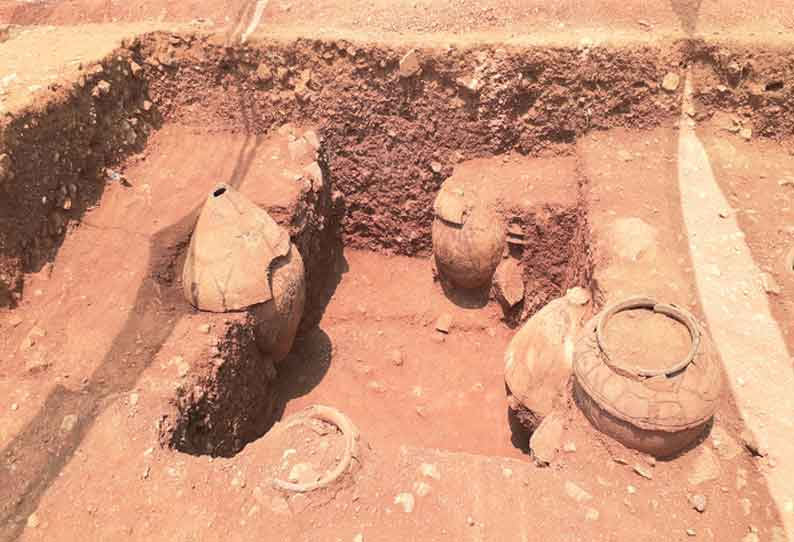
The Megalithic Era: A Technological Leap
By 1500 BCE, Tamil Nadu had entered the Megalithic period, which saw significant advancements in metallurgy. Iron tools, bronze weapons, and decorative metal objects became increasingly common, indicating both technological progress and socio-economic growth.
One of the most revealing sites from this period is Kodumanal, an ancient industrial hub in western Tamil Nadu. Excavations here have uncovered smelting furnaces, iron slag, and finished metal tools, suggesting a thriving metal industry around 1000 BCE. “Kodumanal appears to have been a center for iron production, supplying tools and weapons to neighboring settlements,” notes Dr. Rajan.
Another key site, Keeladi, has yielded evidence of an urban settlement dating back to at least 600 BCE. Findings include iron plows, copper coins, and trade goods linking Tamil Nadu to other regions, including Sri Lanka and Southeast Asia. The discovery of metal objects in household contexts suggests that metallurgy was not just confined to elite groups but was an integral part of daily life.
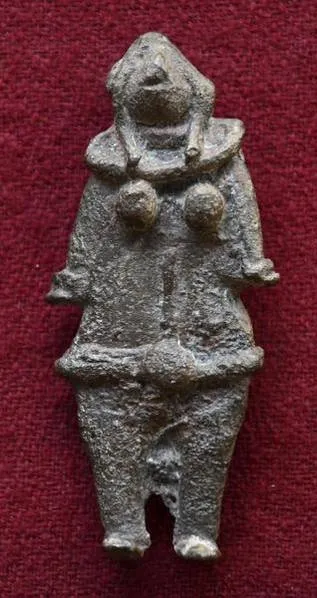
A Lasting Legacy: The Impact of Early Metallurgy
The development of metal technology in ancient Tamil Nadu had far-reaching effects. The introduction of iron tools revolutionized agriculture, leading to increased food production and population growth. The production of metal weapons contributed to the rise of early Tamil kingdoms, strengthening their military capabilities. Furthermore, Tamil Nadu’s metallurgical expertise helped establish trade networks with distant regions, including the Roman Empire, as evidenced by the discovery of Tamil-Roman trade artifacts.
Rewriting History
These archaeological discoveries are reshaping our understanding of ancient South India’s technological contributions. Ongoing excavations, particularly at Keeladi, continue to reveal new insights into the region’s metallurgical history.
“The history of early metallurgy in Tamil Nadu is still being written,” says Dr. Rajan. “With continued research and advanced scientific analysis, we may soon uncover even older evidence of metalworking, further cementing Tamil Nadu’s place as a pioneer in early human technology.”
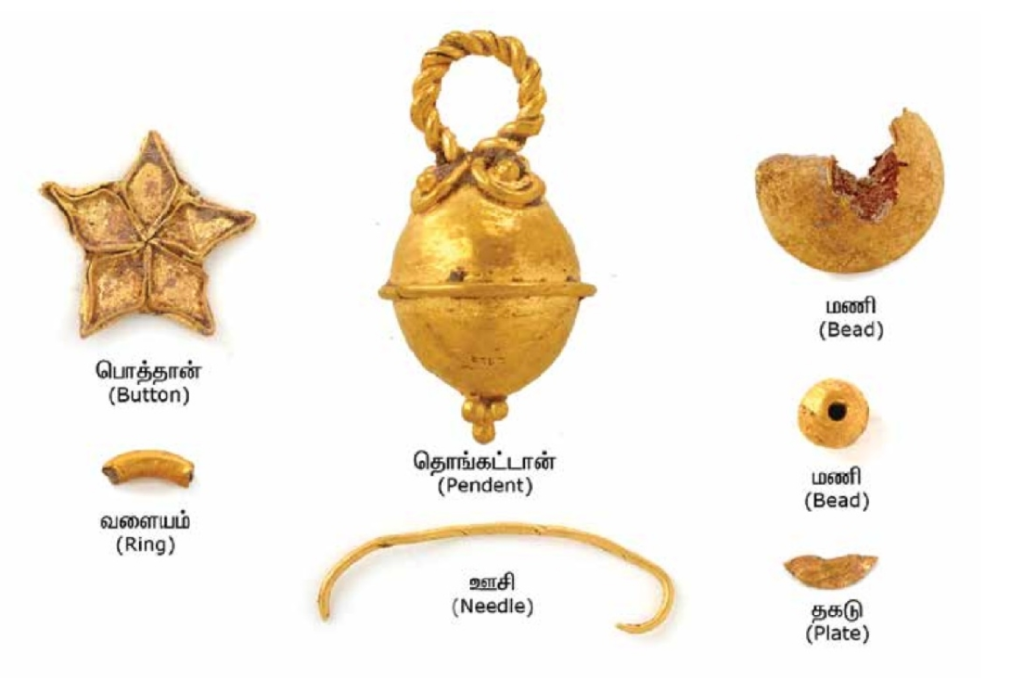
As archaeologists dig deeper, Tamil Nadu’s metallurgical heritage is emerging as one of the most significant technological legacies of ancient India, proving that the region’s contributions to human civilization extend far beyond language and culture—they are quite literally forged in metal.
References
K. Rajan, Early Iron Age in Tamil Nadu: An Archaeological Perspective, Indian Archaeological Review, 2015.
P. Shanmugam, History of Tamil Nadu: From Prehistory to Early Historic Times, 2011.
Y. Subbarayalu, South India Under the Early Historic Period: Archaeological and Epigraphic Evidence, 2019.
Indian Archaeological Survey Reports on Adichanallur and Keeladi Excavations, 2005-2023.
Cover Image Credit: Cover image of the report “Antiquity of Iron” shared by Department of Archaeology, Govt of Tamil Nadu.

